Sérgio M. Rebelo
Evaluation Metrics for Automated Typographic Poster Generation
Feb 10, 2024Abstract:Computational Design approaches facilitate the generation of typographic design, but evaluating these designs remains a challenging task. In this paper, we propose a set of heuristic metrics for typographic design evaluation, focusing on their legibility, which assesses the text visibility, aesthetics, which evaluates the visual quality of the design, and semantic features, which estimate how effectively the design conveys the content semantics. We experiment with a constrained evolutionary approach for generating typographic posters, incorporating the proposed evaluation metrics with varied setups, and treating the legibility metrics as constraints. We also integrate emotion recognition to identify text semantics automatically and analyse the performance of the approach and the visual characteristics outputs.
Using Computational Approaches in Visual Identity Design: A Visual Identity for the Design and Multimedia Courses of Faculty of Sciences and Technology of University of Coimbra
Sep 07, 2022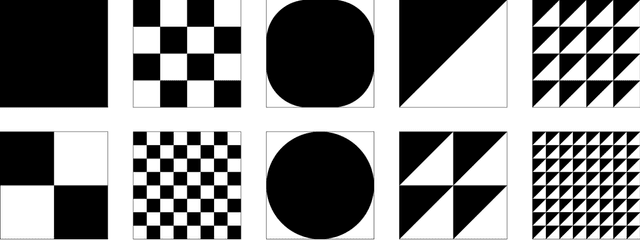
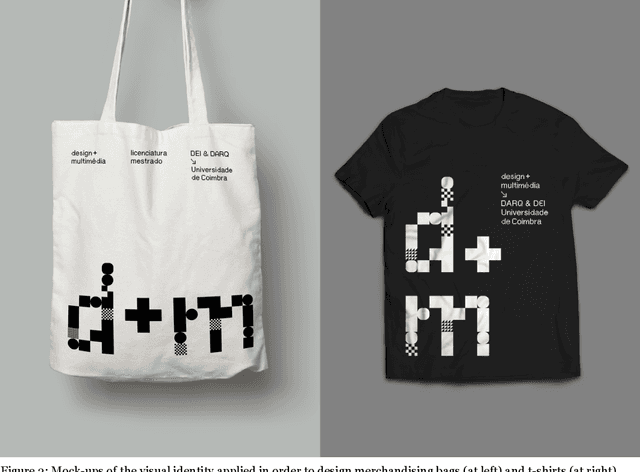
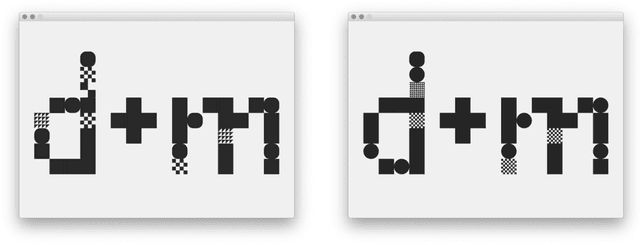
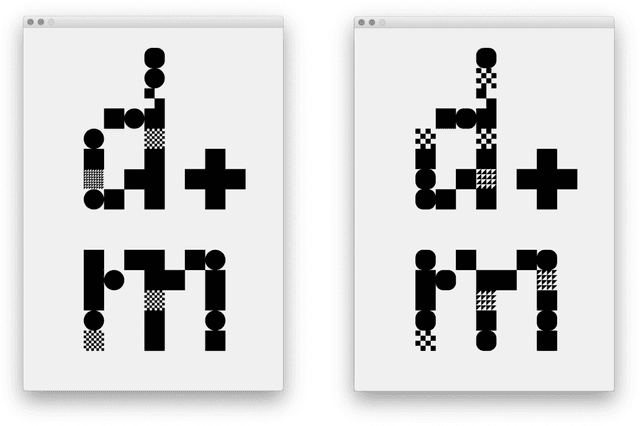
Abstract:Computational approaches are beginning to be used to design dynamic visual identities fuelled by data and generative processes. In this work, we explore these computational approaches in order to generate a visual identity that creates bespoke letterings and images. We achieve this developing a generative design system that automatically assembles black and white visual modules. This system generates designs performing two main methods: (i) Assisted generation; and (ii) Automatic generation. Assisted generation method produces outputs wherein the placement of modules is determined by a configuration file previous defined. On the other hand, the Automatic generation method produces outputs wherein the modules are assembled to depict an input image. This system speeds up the process of design and deployment of one visual identity design as well as it generates outputs visual coherent among them. In this paper, we compressively describe this system and its achievements.
* Paper presented in 10th Typography Meeting "Borders", 22--23 Oct. 2019, Matosinhos, Portugal
ESSYS* Sharing #UC: An Emotion-driven Audiovisual Installation
Sep 07, 2022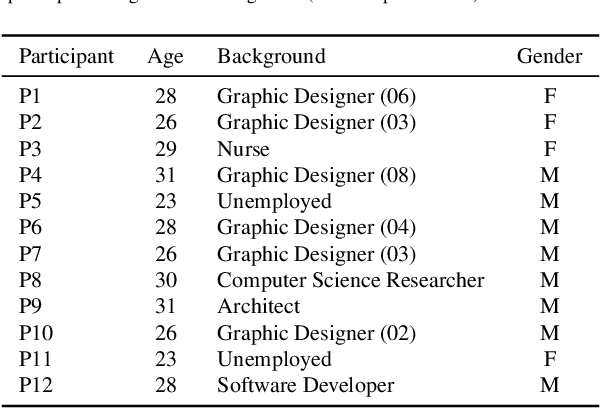
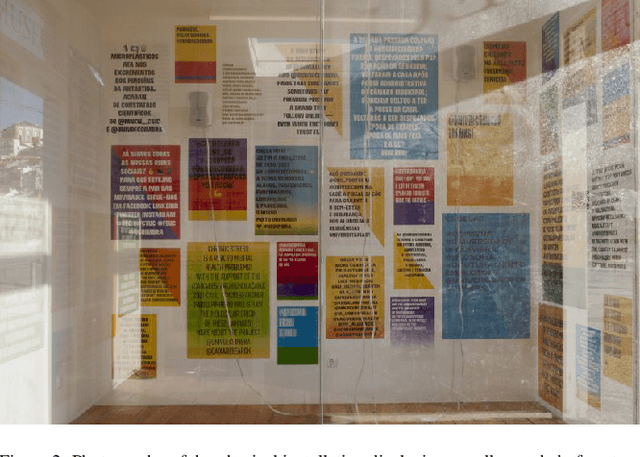
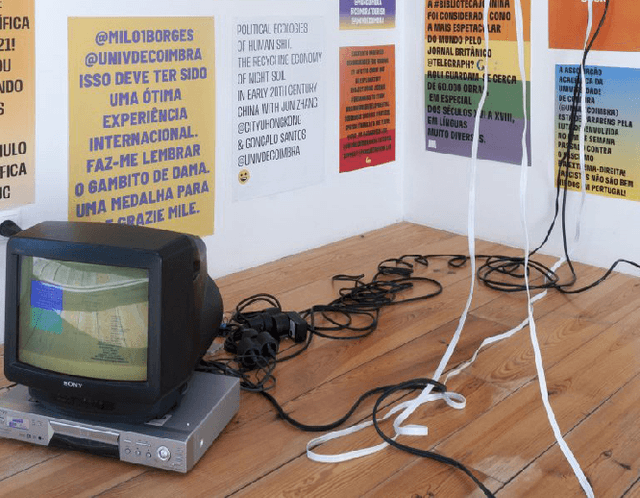
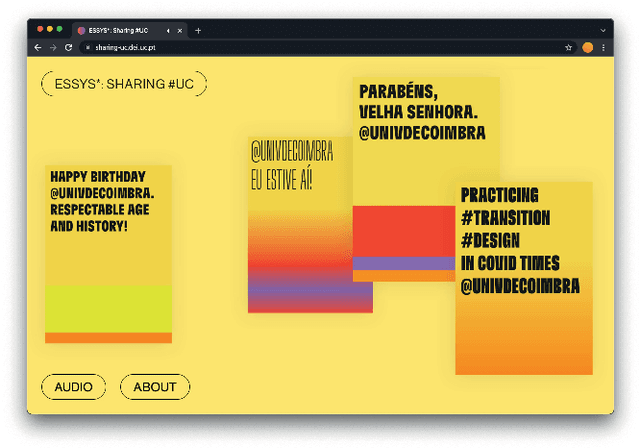
Abstract:We present ESSYS* Sharing #UC, an audiovisual installation artwork that reflects upon the emotional context related to the university and the city of Coimbra, based on the data shared about them on Twitter. The installation was presented in an urban art gallery of C\'irculo de Artes Pl\'asticas de Coimbra during the summer and autumn of 2021. In the installation space, one may see a collection of typographic posters displaying the tweets and listening to an ever-changing ambient sound. The present audiovisuals are created by an autonomous computational creative approach, which employs a neural classifier to recognize the emotional context of a tweet and uses this resulting data as feedstock for the audiovisual generation. The installation's space is designed to promote an approach and blend between the online and physical perceptions of the same location. We applied multiple experiments with the proposed approach to evaluate the capability and performance. Also, we conduct interview-based evaluation sessions to understand how the installation elements, especially poster designs, are experienced by people regarding diversity, expressiveness and possible employment in other commercial and social scenarios.
* Paper to be published in 2022 IEEE VIS Arts Program (VISAP 2022). For the associated supplementary materials, see https://cdv.dei.uc.pt/essys_sharing_uc/
 Add to Chrome
Add to Chrome Add to Firefox
Add to Firefox Add to Edge
Add to Edge